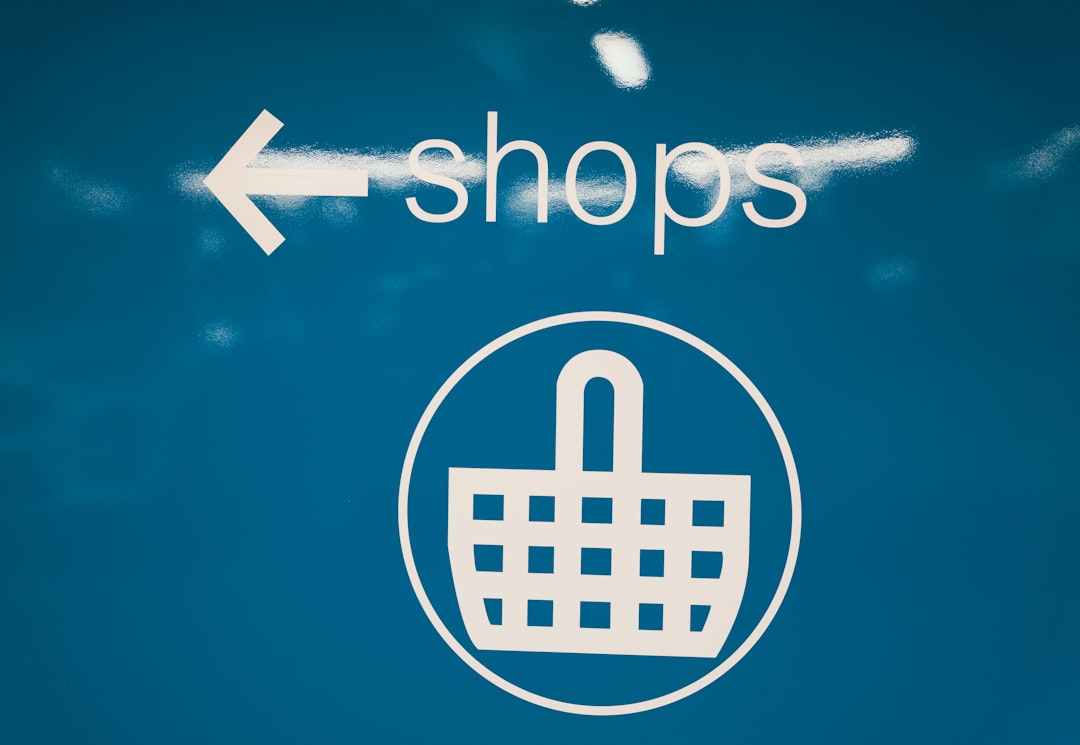In today’s fast-paced digital world, selecting the right ecommerce tech solution is paramount to ensure the long-term growth and sustainability of your online business. With countless platforms and technologies available, finding the ideal solution requires careful evaluation. This article outlines the key features to look for in an ecommerce tech solution to make sure it aligns with your business goals and customer expectations.
1. Scalability
Your ecommerce solution should be able to grow with your business. Whether you’re just starting out or experiencing rapid expansion, the platform must support increasing traffic, product listings, and transactions without compromising performance.
Look for features such as:
- Support for high traffic volumes
- Flexible hosting infrastructure
- Modular architecture for easy upgrades
2. Customization and Flexibility
No two ecommerce businesses are the same, and your tech platform should allow you to customize both the frontend and backend to reflect your brand identity and operational needs. A rigid structure can hinder your creativity and limit functionality over time.
Essential customization capabilities include:
- Access to source code or APIs
- Templates and themes that are easily modifiable
- Integration with third-party plugins and tools

3. Security and Compliance
Security is non-negotiable in ecommerce. A breach not only results in financial losses but can also significantly damage your reputation. Your chosen solution must offer robust security protocols and comply with international data protection regulations.
Important security features to consider:
- SSL certificate support
- PCI-DSS compliance for handling payment data
- Regular security updates and patches
4. Mobile Optimization
With a majority of users shopping via smartphones, having a mobile-optimized ecommerce platform is now a necessity rather than a luxury. The solution you choose must offer responsive design and fast loading times across all mobile devices.
Key mobile features should include:
- Responsive user interface for all screen sizes
- Mobile-friendly checkout process
- Progressive Web App (PWA) capabilities
5. Integration with Essential Tools
Your ecommerce technology should seamlessly integrate with other critical business tools such as Customer Relationship Management (CRM) systems, Enterprise Resource Planning (ERP) platforms, shipping systems, and marketing automation tools.

Effective integration leads to streamlined operations, reduced manual tasks, and improved data insights across departments.
6. Analytics and Reporting
Data-driven decisions are key to ecommerce success. Your chosen platform must offer comprehensive analytics and reporting tools to help you monitor user behavior, sales trends, inventory levels, and marketing performance.
Some important reporting features include:
- Real-time dashboards
- Customizable reporting filters
- Integration with analytics tools like Google Analytics or BI software
7. Performance and Speed
Website speed directly impacts user experience and search engine rankings. A slow-loading site can lead to high bounce rates and abandoned carts. Ensure your ecommerce tech solution is optimized for performance at all levels.
Performance-related features should include:
- CDN (Content Delivery Network) support
- Image and code optimization tools
- Fast response times under peak loads
8. Ongoing Support and Community
No matter how tech-savvy your team is, having access to reliable support is invaluable. Whether through documentation, live chat, or a community forum, your ecommerce vendor should provide ways to resolve issues promptly and efficiently.
Look for support that includes:
- 24/7 technical assistance
- Extensive online documentation and tutorials
- Active user forums or communities
Conclusion
Choosing the right ecommerce tech solution is a vital decision that influences your brand’s success. By focusing on features such as scalability, security, mobile optimization, and integration capabilities, you can build a resilient and future-ready ecommerce operation. Take time to analyze your specific needs and map them against these essential features to make a well-informed and strategic choice.

